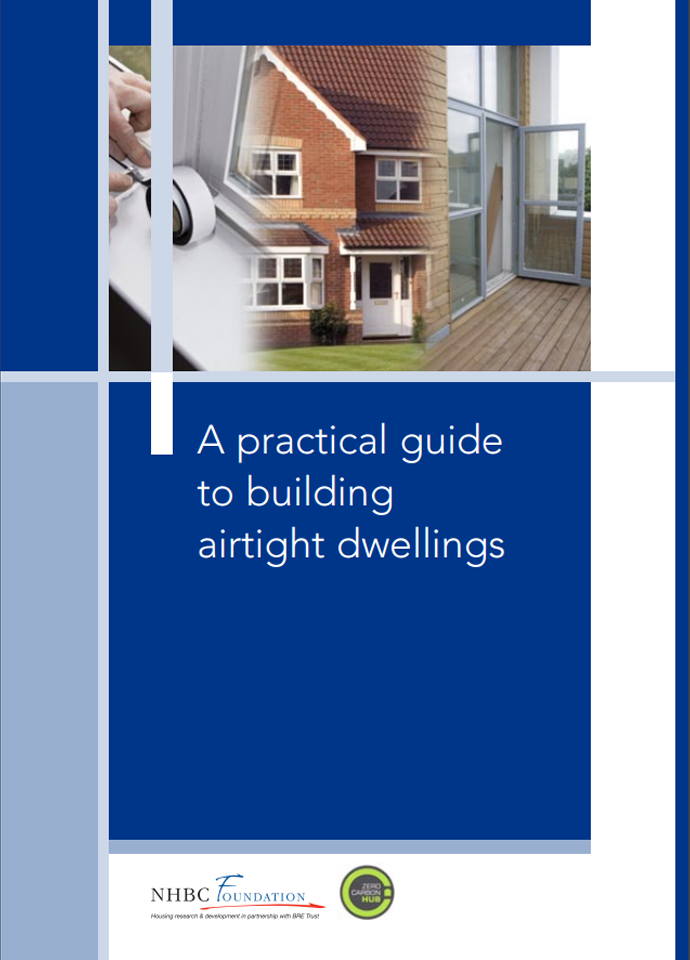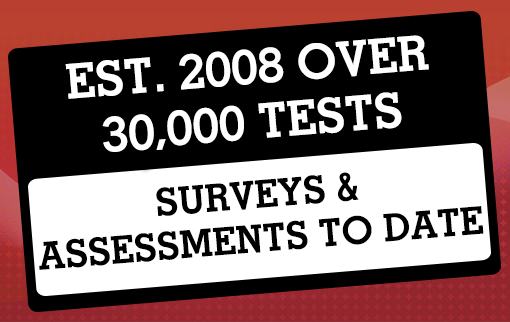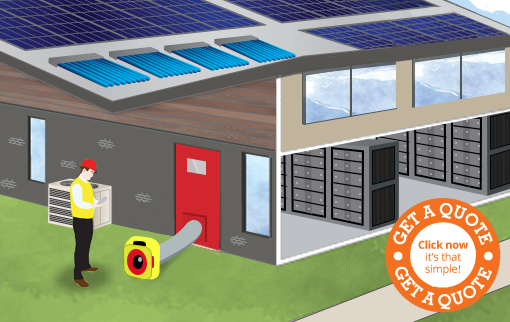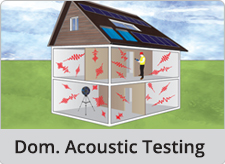Offices Nationwide

How loud is too loud?
Noise above 85 dBA over time will cause hearing loss. In general, the louder the noise, the less time required before hearing loss...more

Good Hearing?
A typical person with good hearing can hear from about 20Hz to 20kHz (the audio bandwidth). A person's voice will usually range from 500Hz to 2kHz...more
Kimberley - Server Room Testing - 0114 368 0192
The office that covers this area is: Sheffield
Phone Number: 0114 368 0192 Email: kimberley@e2consultants.co.uk
Room Integrity Testing
What Is It?
Room Integrity Testing is required for any gaseous fire suppression system. Gas fire suppression systems work by releasing a gas agent into an enclosure and the gas then either reacts with the fire or reduces the oxygen level which then suppresses or extinguishes the fire. For a fire suppression system to work correctly the enclosure needs to hold the gas for a set period of time.
How Does It Work?
By pressuring a room with a door fan test and then measuring the pressure release period with sensors to a pre-determined level, we can determine if the room has enough integrity to hold the type of gas agent the fire suppression system is designed for. This test will predict how long it will take for the gas to descend to a certain level without having to carry out a discharge of the system, which can be costly and disruptive.
Does the Test Cause Disruption?
No - people can work in the room and the testing does not affect any equipment in the room. The door fan test equipment is fixed to the main door and will prevent people from leaving or entering the room from the point that it is sealed in place.
What are the Standards and Guidance?
The main standards that recommend Room Integrity Testing on commissioning of a system and the annual re-testing of an enclosure are BSEN15004, ISO14520, BAFE SP203-3 and NFPA 2001. These are UK and US national and international standards that provide guidance on how to carry out the test and the frequency of re-testing.
Testing Procedure
Upon arriving at site and the equipment's unloaded, a consultant will inspect the room to be tested. If not done prior to our site visit the room measurements will also be taken. Our consultant will set our door kit and fan up in the most appropriate door within the room. Please note, there will be no requirement for the removal of any doors to allow for our testing equipment.
Upon setting the equipment up this is the point where nobody can enter or leave this room. Normal work may resume within the room. The consultant on site will now begin to start the fans. The test will depressurise and pressurise the room with computer software generating data to collect.
Upon completion our consultant will check the data against target data provided by our client. If the target is not met our consultants will then begin to diagnose problem areas.
Our consultants are trained to use thermographic cameras to identify leakage areas; these images will be sent to a client with a report. A snag list details leakage areas to be addressed along with pictures of these problem areas. Again, this will be presented to the client with the data report.
How Often Should I Test the Room?
Any room, particularly Electronic Data Processing rooms, often get disturbed by building service work and general building work. Should a small hole be made in the enclosure, or the room size changes, then a retest of the room integrity is required. British Standards recommend that Room Integrity Testing is carried out at least annually to ensure your gaseous fire suppression system will work correctly.
Our other services include:
Server Room Testing can also be known as:
Fire Suppression Testing, Room Integrity Testing, Fire Suppression Room Integrity Testing,


Copyright 2025 E2 Specialist Consultants Limited
Company No. 06728970









































